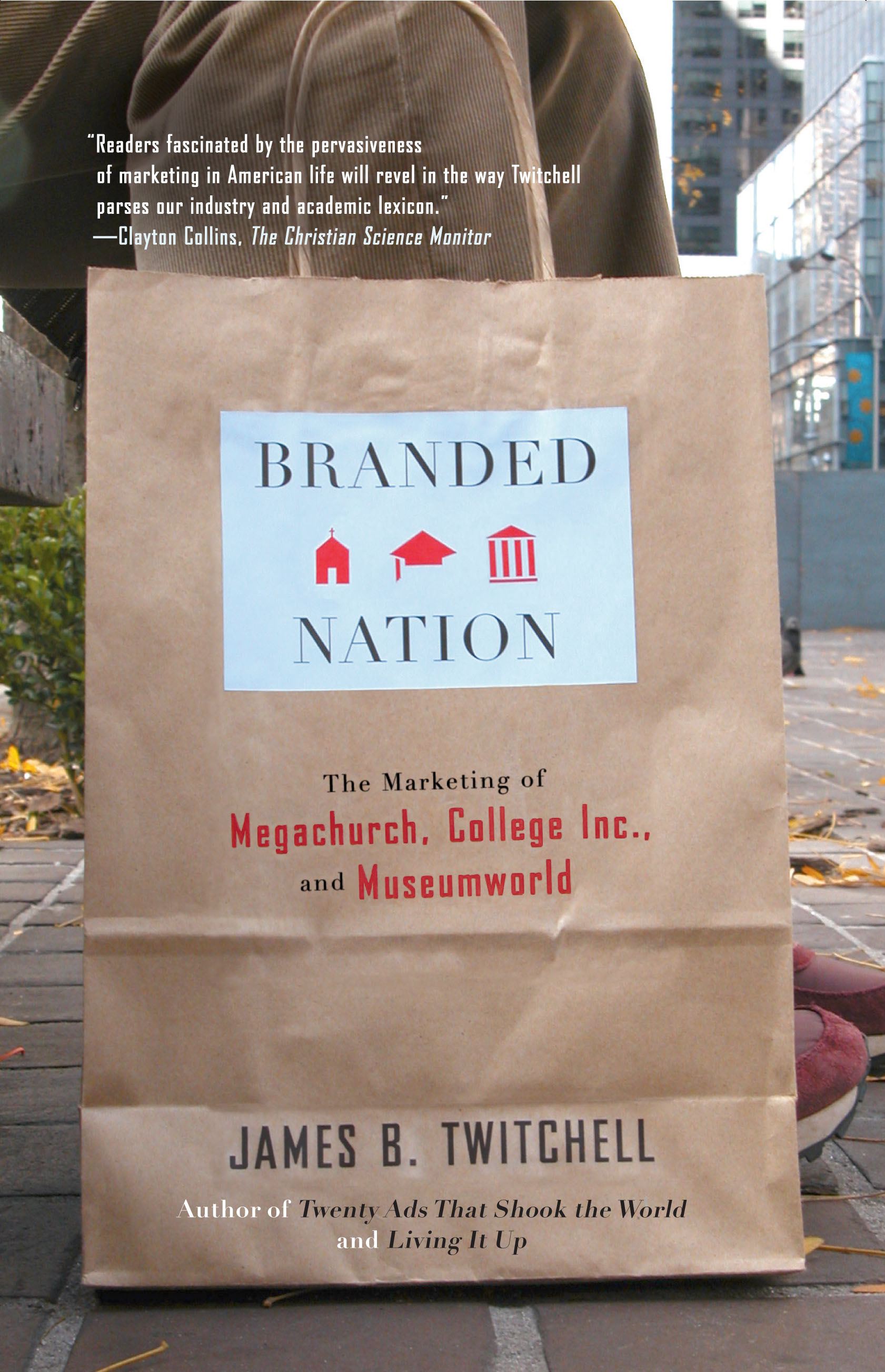Get our latest book recommendations, author news, and competitions right to your inbox.
Table of Contents
About The Book
The rise of the megachurch epitomizes branding in religion. From its inception the megachurch was designed not to compete with other churches but to bring in the "unchurched," especially men, worshippers who might otherwise be home watching television or strolling through the mall on a Sunday morning. The megachurches have been phenomenally popular, none more so than Willow Creek Community Church, just south of Chicago, one of the oldest megachurches, which Twitchell analyzes in Branded Nation.
Colleges and universities have embraced branding as they have grown more alike. Especially among the top schools in the country, the student bodies, the faculties, often even the campuses themselves are practically interchangeable. What distinguishes each school is the story it tells about itself. Now every institution of higher learning has its image organizers, its brand managers, usually in the admissions or development offices, whose job it is to make their institution seem different from all the rest.
Even museums, with their multimillion-dollar Monets, have seen the advantages of branding. The blockbuster exhibitions often put familiar paintings in a new context, that is, they provide a new narrative, branding the art. Museums keep expanding their stores, placing them not just near the entrance on the ground floor but throughout the museum, in the galleries themselves. Some museums, such as the Guggenheim, even franchise themselves, turning the institution itself into a brand.
In short, high culture is beginning to look more and more like the rest of our culture.
In perhaps his most subversive observation, Twitchell doesn't condemn the branding of cultural institutions. On the contrary, he believes that branding may be invigorating our high culture, bringing it to new audiences, making it a more integral part of our lives.
Not since Bobos in Paradise has there been such a trenchant, provocative analysis of our world.
Product Details
- Publisher: Simon & Schuster (September 8, 2004)
- Length: 336 pages
- ISBN13: 9780743271615
Raves and Reviews
"Jim Twitchell is Jay Chiat wrapped in H. L. Mencken. He gets marketing better than most marketers -- and writes about it better, with more insight and wit, than just about any writer. Now that brands have moved off the rumps of cows onto colleges, museums, and even churches, we need Twitchell's intelligence more than ever."
-- Randall Rothenberg, author of Where the Suckers Moon: An Advertising Story and columnist, Advertising Age
"Twitchell is a tart-tongued observer who details how every corner of the culture has been exploited for commerce."
-- Geoff Lewis, BusinessWeek
"Readers fascinated by the pervasiveness of marketing in American life will revel in the way Twitchell parses our industry and academic lexicon."
-- Clayton Collins, The Christian Science Monitor
Resources and Downloads
High Resolution Images
- Book Cover Image (jpg): Branded Nation eBook 9780743271615(0.5 MB)
- Author Photo (jpg): James B. Twitchell Photo Credit:(0.1 MB)
Any use of an author photo must include its respective photo credit






